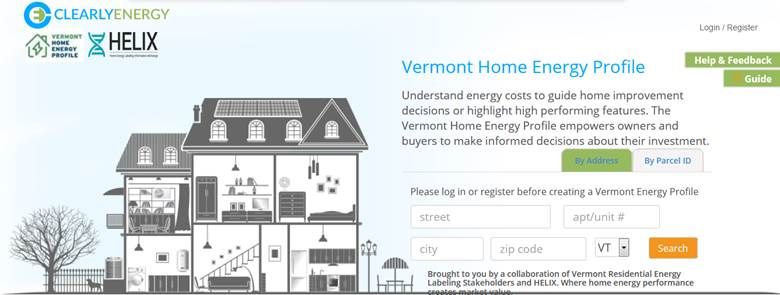

By Samantha Lor | Thu, September 24, 20
At the forefront of the COVID-19 pandemic is the topic of reopening schools, whether that be at the elementary, high school, or university level. The global crisis has shed light on the quality of learning environments, and further emphasizes the growing body of research that establishes the role those environments play in both occupant health and student achievement.
As uncertainties remain and schools begin the year with a variety of in-person, remote, and hybrid learning options, it is imperative that administrators do everything in their power to protect their school communities. This includes students, teachers, and other staff.
Engagement, open communication, education, and reinforcement are all key aspects of ensuring a safe reopening. Just as crucial are technical considerations like ventilation and disinfecting, among other things. At this point, most are very familiar with the “new normal” of wearing a face mask, using hand sanitizer, and frequent hand washing. In addition to these social adaptations, there are a number of measures that should be taken to preserve or improve the quality of the physical learning environment. COVID-19 is primarily transmitted through airborne respiratory droplets. Attention and proper maintenance of ventilation systems and air movements throughout buildings can help prevent the spread of airborne pathogens between areas of the school. Here are some recommended mitigation strategies to reduce the spread of germs within schools.
Basic Social Adaptations
Mitigation strategies such as face coverings, hand sanitization, and social distancing are among the basic changes which should be implemented. Where social distancing is not feasible, consideration of limiting or cancelling activities should be given. Smaller schools which may not be able to accommodate their student body safely should try repurposing underutilized areas to increase space and facilitate easier distancing. Other proven practices include required temperature checks at school entry, reduced class sizes, and staggered attendance or start and stop times.
Ventilation
HVAC maintenance is becoming hugely important. All filters should be changed to a minimum MERV 13 filter of the greatest depth allowed by the equipment (typically 2”). These filters successfully remove at least 90 percent of E3 particles, 85 percent of E2 particles, and 50 percent of E1 particles. HVAC preventative maintenance inspections should be conducted quarterly. In addition, before teachers arrive each day, a daily air flush is recommended, which consists of running ventilation systems for a minimum of two hours in occupied mode with the peak outside air rate. If this is not feasible, opening doors and windows more often to increase ventilation should be done. Lastly, in order to identify any problems, installing “smart” thermostats can monitor CO2 levels to measure whether adequate ventilation is being provided and alert if not.

Cleaning and Disinfection
COVID-19 can be reduced and killed from surfaces, objects, and hands if the right products are used correctly for cleaning and disinfection. In schools specifically, frequently touched surfaces (i.e. door handles, light switches, countertops, desks) should be disinfected between use as much as possible, and the use of shared objects should be limited as much as possible. In order to ensure continual cleaning, it can be helpful to develop a schedule for routine disinfection measures with students and staff. The Environmental Protection Agency (EPA) provides a list of cleaning products that meet its disinfection criteria, and the organization urges proper ventilation while cleaning to reduce the risk of inhaling toxic fumes.
Equally important as preventative measures is education. Relaying CDC guidelines regularly to students and staff, developing a proactive plan if a member of the school community tests positive for COVID-19, and communicating with state and local health departments for contact tracing and transmission responses are all important practices to deploy. Although most schools will not be able to incorporate every strategy discussed here, it is important that they do their best to find a combination of strategies that best suits their needs and provides the greatest protection to their occupants.
Check out some of these additional resources:
- The Centers for Disease Control and Prevention (CDC) website for the most recent updates related to COVID-19 and schools
- CHPS whitepaper on school ventilation for COVID-19
- A resource developed by schoolsafety.gov on both prevention and response
